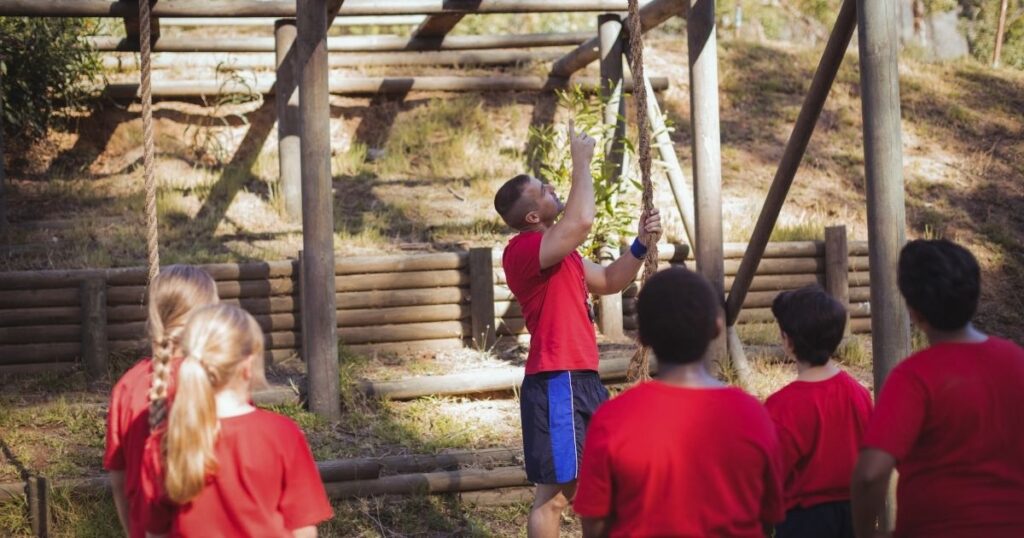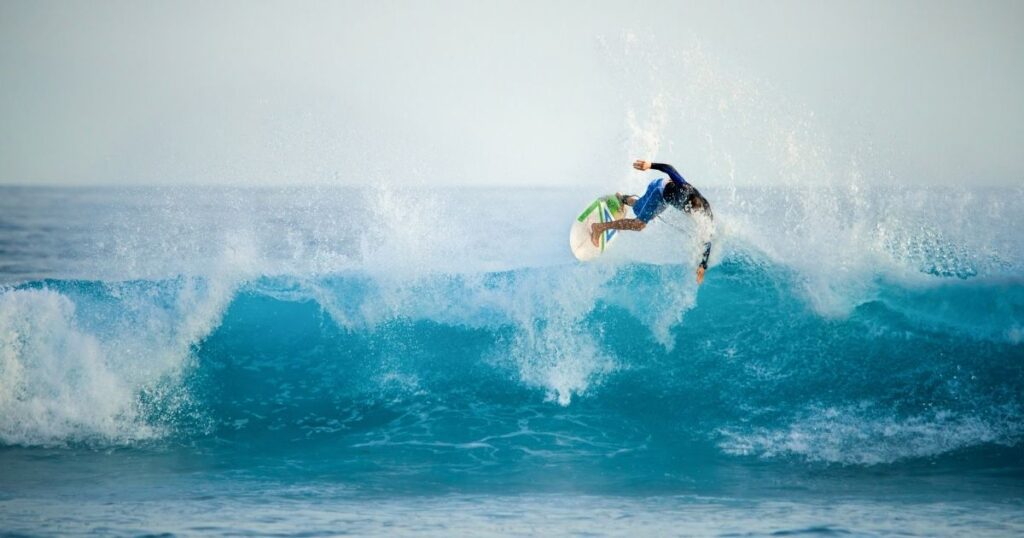Extreme sports offer intense adventure and adrenaline for thrill-seekers. Often incorporating speed, height, natural forces, and competition, these extreme activities provide the ultimate rush. From skydiving to rock climbing to surfing, mastering new skills in action sports delivers unmatched excitement. For beginners seeking that pure adrenaline jolt, certain precautions, training approaches, and destination tips will maximize enjoyment. Here’s your guide to safely chasing the euphoria of extreme sports.
Start With Fundamentals
Every extreme sport relies on core fundamentals. Mastering the basics in controlled environments is crucial before advancing. For example, indoor skydiving or wind tunnels can provide key air awareness before skydiving. Climbing walls allow honing techniques prior to big ascents. Surfers develop balance and pop up on boards on land initially. Park features help snowboarders learn rails, boxes, and jumps. Developing fundamental movement skills, reactions, equipment handling and more in low-risk settings ensures future success when the intensity ramps up.
Seek Pro Instruction

Given the complexities and dangers inherent to extreme sports, seeking professional instruction vastly improves development. Experienced coaches assess your capabilities and tailor training to your skill level. Certified skydiving coaches provide harness directions, equipment oversight, and in-air guidance during initial tandem jumps. River rafting guides select appropriate rapids ratings and supervise maneuvers. Surf or downhill MTB instructors demonstrate techniques hands-on while correcting errors to avoid injury. Their specialized insight fast tracks building skills safely. Don’t be too proud to take lessons.
Progress Gradually
Pushing limits and milestones too quickly often provokes disaster. Build skills gradually across multiple sessions to engrain muscle memory and comfort. In parkour, traceurs master basic vaults and rolls before dynamic precisions. Skateboarders learn pushing and riding before ollies and kickflips. Surfers catch whitewash before transitioning to unbroken green waves. Upping difficulty and challenge between sessions prevents overload. Incremental progression lets your abilities scale naturally while remaining enjoyable. Stay patient while building up to more extreme pursuits.
Know Your Gear

In extreme sports, quality gear tuned to your skill level prevents avoidable mishaps. Work with knowledgeable salespersons when selecting equipment and ask coaches for recommendations. For mountaineering, proper boots, crampons, ropes, and axes are obligatory before climbing glaciers. In motocross, a bike with suitable power and suspension for your weight and experience minimizes risk. Using ill-fitting pads or boards compromises both safety and performance. Don’t cheap out on gear purchases when just starting.
Prioritize Safety
Preparing for risks and emergencies is paramount. Listen to safety briefings and understand sport-specific protocols. Use helmets, life jackets, harnesses, and protective gear without fail. Scout locations beforehand to avoid hazards and pitfalls. Identify access points, weather considerations, and communication channels in case scenarios arise. Travel and train with partners or groups in case you need backup or support. First aid, survival, and self-recovery education further minimize harm. Embracing safety and caution primes you for maximum enjoyment.
Pick Ideal Conditions
For beginners especially, choosing ideal external conditions smooths out the learning curve immensely when honing extreme sports. Surfers should seek small, mushy waves before paddling out in overhead barrels. Mountain bikers ride wide trails before narrow tracks with sheer cliffs. Climbers opt for south-facing walls before exposed alpine climbs. Flying stunt kites and wingsuits relies heavily on choosing appropriate wind speeds and gradients. Carefully evaluating weather, terrain, visibility and other factors drastically boosts success when starting out.
Stay Within Your Limits

Knowing personal thresholds and abilities prevents irresponsible risk and harm. Attempting to keep pace with experts or pros can prove disastrous for newcomers. Stick to singular activities before combining them into multi-sport pursuits. Race and trick progressions match your available practice time. Identify signs of fatigue, hesitation, or fear early to avoid escalating into dangerous territory prematurely. Candor around your actual skill level keeps progression on a safe, confident, and enjoyable track when pushing boundaries.
Select Beginner Destinations
Renowned extreme sports destinations cater to all levels, providing beginner-friendly options. Mountain resort towns like Queenstown, New Zealand, or Vail, Colorado offer bunny slopes and groomed trails alongside advanced runs. Surfer havens like Sayulita, Mexico have mellow breaks and surf schools perfect for novices. Places like Moab, Utah offer a broad rock climbing variety for every ability. Traveling to established extreme sports destinations provides infrastructure and resources that maximize your progression. Seek spots matching your current skill level.
Conclusion:
When done responsibly, extreme sports offer fulfillment you can’t find anywhere else. Follow these tips to start your adrenaline-filled journey properly. With the right mindset, training, and precautions, beginners can safely experience extreme sports’ thrilling and liberating rewards. Just take it slow and build skills across multiple seasons. Soon you’ll be chasing that adrenaline high on your own terms.

Frequently Asked Questions about Extreme Sports
What mental strategies help overcome fear in extreme sports?
Exposure therapy, anxiety management techniques, practicing visualization, building incremental skills, and choosing ideal conditions help overcome fears.
How can beginners vet the safety of guides and outfitters?
Look for certifications from accredited associations, insurance, positive reviews, proper liability waivers/permits, and experience levels matched to your needs.
What makes a suitable beginner skateboard?
Beginners want wider decks for stability, larger softer wheels for bumps, and lower decks for pushing ease. Avoid advanced small, rigid performance boards initially.
How does proper fitness training help prevent extreme sports injuries?
Building total body strength, flexibility, balance, and proprioception makes the body more injury resistant during the strains of extreme sports.
Which extreme sports rely most on breath control?
Activities like surfing, free diving, high-altitude climbing, wingsuit flying, and competitive skiing require expert breathwork and lung capacity.
What safety equipment is universal across beginner extreme sports?
Helmets, lifejackets if on/near water, gloves, kneepads, and wrist guards provide protection useful for any novice extreme athlete.




